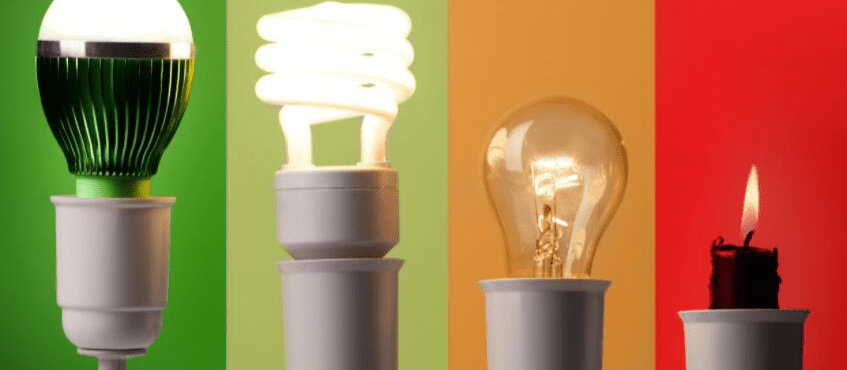Australia’s official cash rate is now down to 1%. And if we are to believe one prominent economist, it could reach a historic low of 0.5%.
According to AMP Capital chief economist Shane Oliver, rate cuts are a bit like cockroaches. “If you see one, there is normally another nearby.”
The last time the Reserve Bank of Australia (RBA) trimmed the cash rate – the interest rate charged on banks’ overnight loans – in 2016, it did so twice.
This time, Oliver expects four cuts in total, predicting a further cut later this year and another in early 2020 as the RBA tries to reach its employment and inflation targets. The central bank aims to bring unemployment down from 5.2% to 4% and reach an inflation rate of between 2% and 3%, up from 1.6% as of August.
Figure 1: The RBA’s cash rate target

Interest rates are the bank’s primary tool to boost inflation and economic activity. The RBA itself signalled the possibility of further cuts to the cash rate in its June and July monetary policy statements.
In August, RBA governor Philip Lowe said that it is reasonable to expect “an extended period” of low interest rates to trim unemployment and meet the bank’s inflation target.
But would this be enough to stimulate spending? Would everyone benefit?
Savers disadvantaged
Mortgage holders would gain, but savers would lose as banks cut deposit interest rates. ANZ, for example, slashed its rates for a number of deposit products by 0.25% the day the RBA announced the June rate cut, according to comparison site Canstar. This could pare savers’ incomes, and retirees relying on their savings are likely to see their spending power weaken.
But Australian household deposits are estimated to be less than half the total household debt, which is mainly in mortgages. So, paring the cash rate will benefit more households than holding it steady.
“The responsiveness to changes in spending power for a family with a mortgage is far greater than for retirees,” said Oliver.
A full 0.50% cut on a $400,000 home loan could save a mortgage holder $116 a month, according to one estimate.
Rate cuts also help Australian businesses compete overseas by keeping the value of the Australian dollar lower.
Reducing interest rates will help the economy as a whole, according to Lowe.
“In aggregate, the household sector pays around two dollars in interest for every dollar it receives in interest income,” he said. “Lower interest rates reduce the net interest payments of the household sector and so boost overall disposable income.”
Tax offsets more effective
But Lowe admitted that relying on monetary policy has limits, and there are other options to spur spending and bring down unemployment.
“The best approach to delivering lower unemployment and a stronger economy is through structural policies that support firms expanding, investing, innovating and employing people,” he said.
Figure 2: Australia’s rates of unemployment and underemployment

Commonwealth Bank chief economist Michael Blythe suggested cutting income tax is a better option to stimulate consumer spending than trimming interest rates. It would benefit most consumers and not just mortgage holders.
The Coalition Government’s $158 billion tax cuts package aims to do exactly that. It expects more than 10 million individuals to get some cash back starting with this year’s tax returns.
The policy debate too often focuses on the monetary aspect as the only accessible lever, as Blythe pointed out. “But the return to budget surplus means we have other policy options available.”




